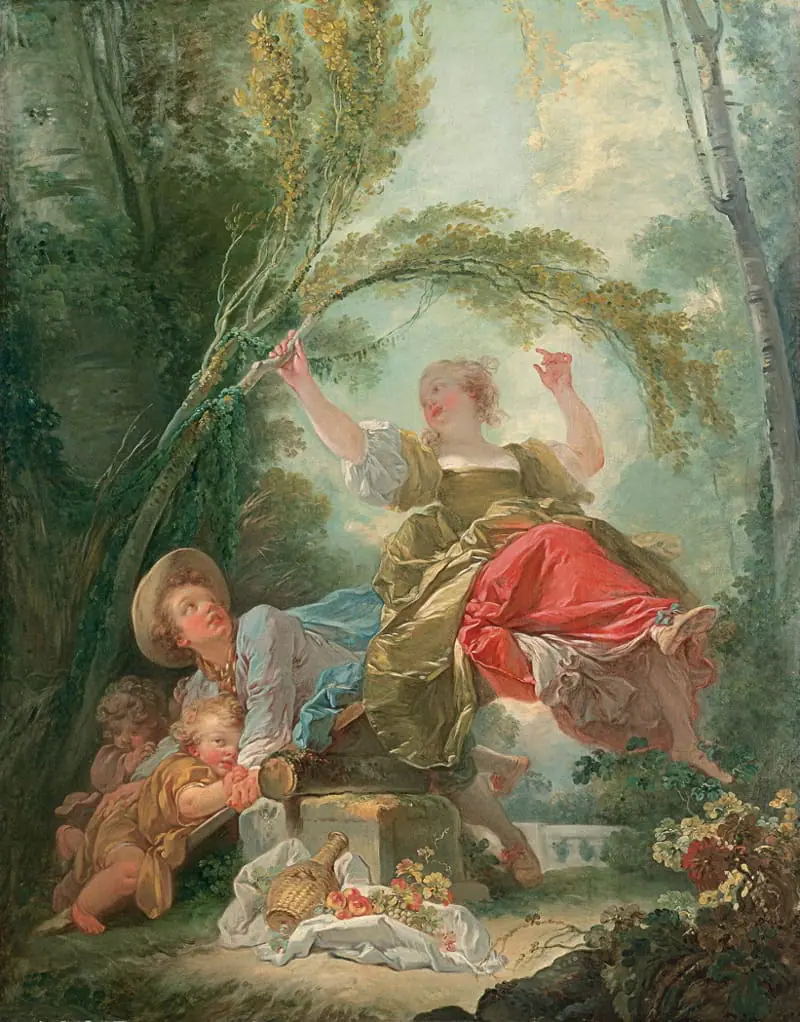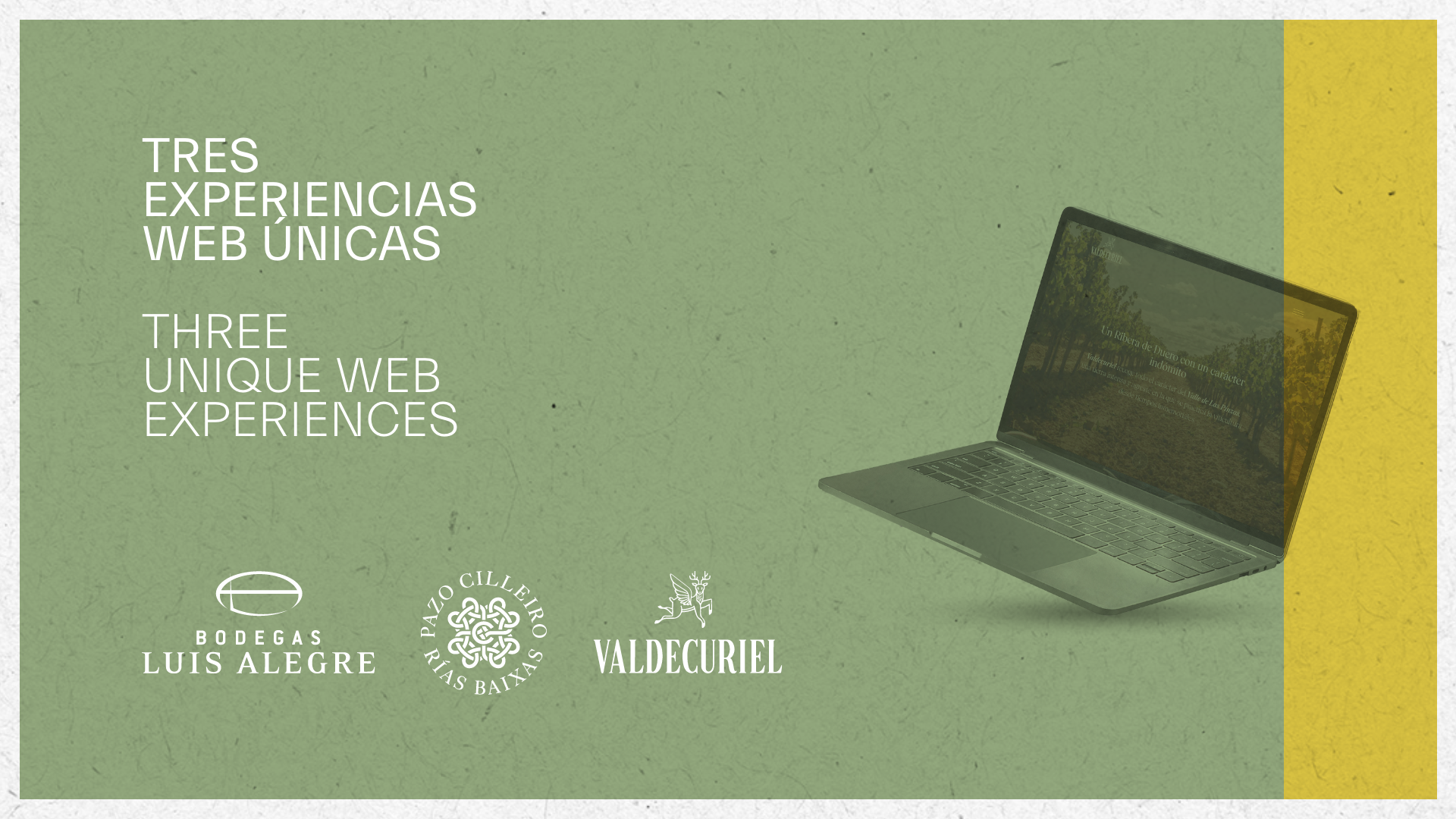The harmony of art and wine is fascinating. We have already explored and enjoyed it a while ago with a very visual article about the artistic representation of grape harvest in different periods. Few ingredients are as complementary as wine and culture to achieve an almost perfect sensorial experience.
These days the Madrid's Thyssen Museum presents an attractive thematic route: Wine culture in the Thyssen-Bornemisza Collection. The tour, which is part of the museum's 25th anniversary celebrations, rediscovers paintings from different periods (from 1509 to 1919) in which viticulture and wine play an important role.
As the introduction of this itinerary says, "Without wine, the most civilised of beverages, it would be hard to understand mankind's cultural history, for wine is a gift from Nature that speaks directly to senses, hearts and minds".
Let's have a small taste with three paintings. If you want to know more (also about other routes at the Thyssen), you can check the program here.

CHRISTOPH AMBERGER
Portrait of Matthäus Schwarz, 1542
The glass on the window sill is a reference to Schwarz's background as the son of an important 16th century German wine merchant. At that time, in line with general trends in trade expansion, wine transactions increased steadily, when a revival of Roman agronomic techniques spread in ways that contributed to changes in cultural and wine growing practices.
In many countries the wine industry as a whole can be said to have formed the foundations for large fortunes and modern estates, components of mercantile capital which would help pave the way for industrial capital in the 18th century.

JEAN-HONORÉ FRAGONARD
The See-saw, c. 1750-52
In this canvas the artist displayed all the exquisite lightness, hedonism and joie de vivre that characterised him by combining subtle eroticism with a love of nature. The couple in the painting are accompanied by two putti and a still life consisting of succulent fruit and a bottle of wine (both allusive to games of love).
When the French absolute monarchy established the court at Versailles at the end of the 17th century, the road lay open for the rise of great French cuisine with all its refinement and luxury. In this con- text we must bear in mind developments such as the wider use of bottles and corks, which allowed wine to age or mature, for until then bottles were used in homes and businesses solely for serving wine that had been previously stored in barrels or other containers.

JUAN GRIS
Bottle and Fruit Dish, 1919
Juan Gris is hailed as one of the foremost figures of the Cubist movement. In this picture, which was painted soon after World War I, Gris juxtaposed a fruit bowl and two symbols of mass society: wine and the newspaper.
The bottle of wine was seen as a product of mass consumption only in French society. Although statistics reflect a growing trend in wine consumption in France in the course of the 19th century, World War I marked a significant increase. The huge mass of poilus (recruits) forced into conscription by the war was provided with generous supplies of wine by the French military authorities. Millions of young people returned from the front ac- customed to a large daily intake of wine: whereas in 1904 per capita consumption stood at 103 litres per year, by 1922 it had risen to 136 litres."
You may also be interested in:




